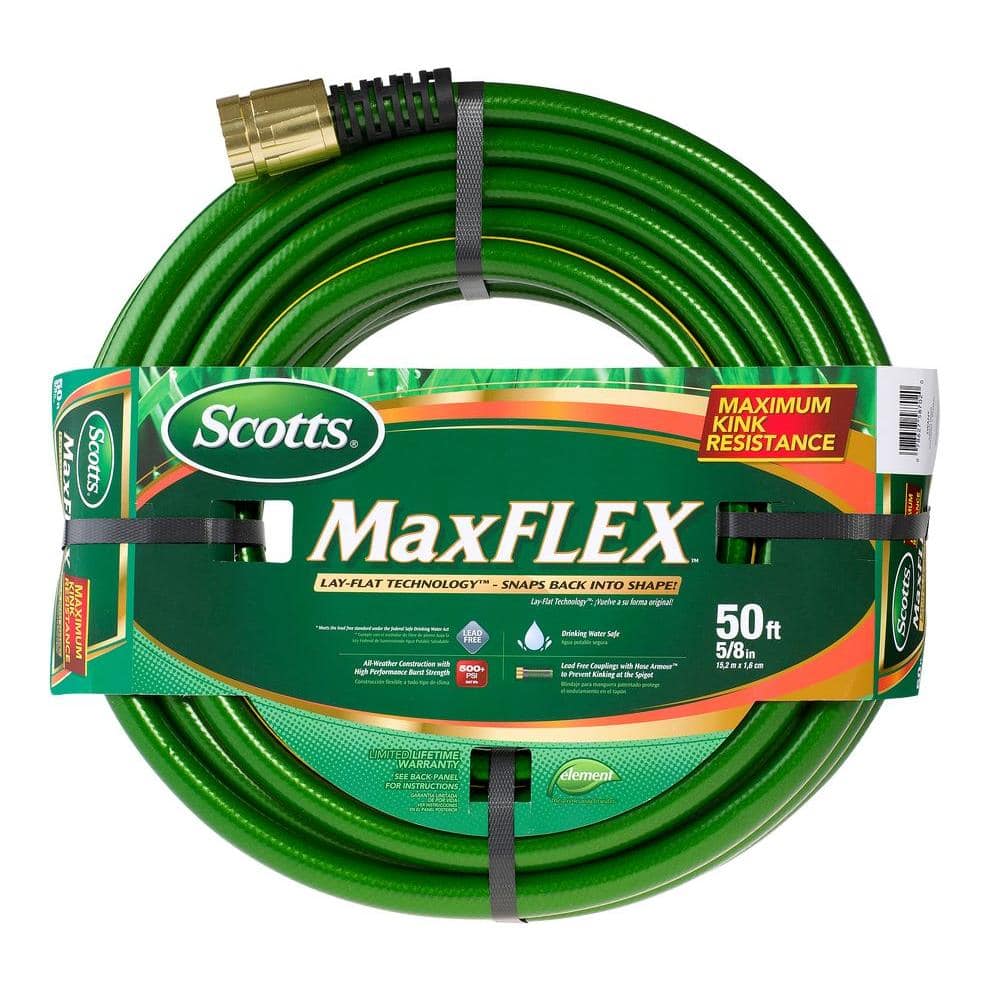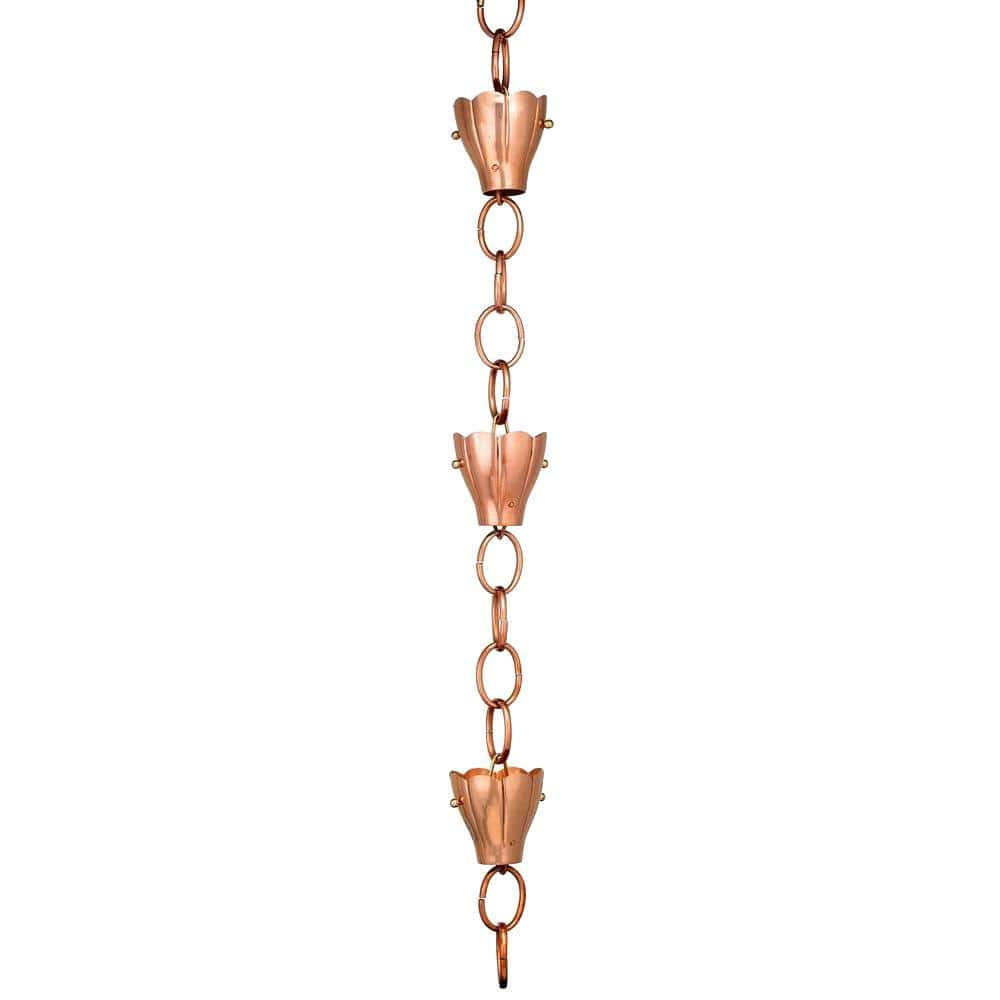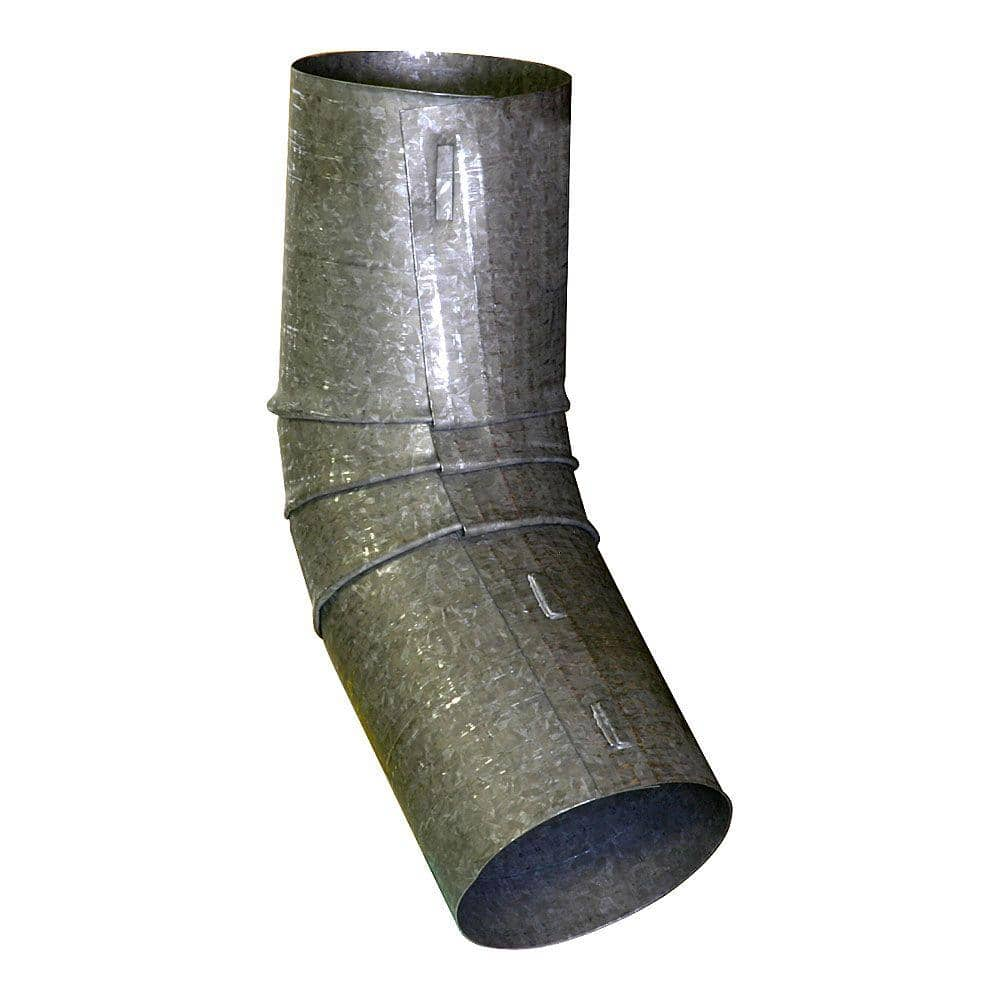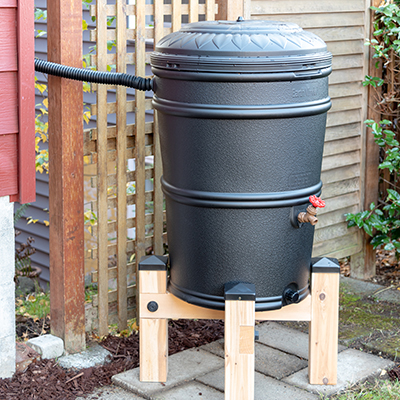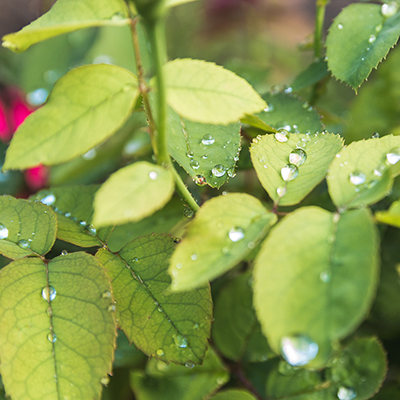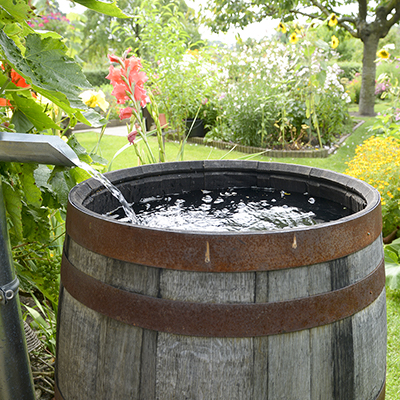Types of Rain Barrels

Last updated September 7, 2023
Watering your lawn and garden can account for up to 40 percent of your total household water use. A rain barrel collects and stores rainwater from your roof to use in your yard and garden. Otherwise, that water would run off and go into storm drains and streams.
This guide will help you understand different types and uses of rain barrels.
Table of Contents
How to Choose a Rain Barrel
All About Rainwater Harvesting
How to Calculate Rainwater Amounts
Installation and Maintenance
How to Choose a Rain Barrel

Rain barrels, which are especially useful for lawns and gardens during droughts or periods of water restrictions, can be made of plastic, ceramic, wood, stone or metal. Pick the type that matches your home’s exterior style and meets your water-saving needs.
Residential rain barrels range from small 15-gallon models to larger commercial and industrial models that hold up to 5,000 gallons. A storage capacity of 40 to 80 gallons is usually enough for most households.
Most barrels are opaque, so sunlight doesn't encourage algae to grow in the stored water.
A rain barrel with a cover will help prevent mosquitos and keep out debris.
Some rain barrels can be added on to and connected if you need more storage capacity. Different types of rain barrels come with different numbers of spigots.
After you harvest them, wash fruits, herbs and vegetables and with clean water before you eat them.
Rain barrels come with one or more spigots, so look for the model that best suits your needs.
Plastic rain barrels are the most popular. They are lightweight, easy to clean and generally inexpensive. They're available in different shapes and colors. BPA-free models are available.
Stone and clay rain barrels capture smaller amounts of rain water than other types of barrels. They can be decorative and make attractive additions to small flower and vegetable gardens.
Oak or other types of wooden rain barrels add a rustic feel to homes and gardens. Wood is typically more expensive than plastic. Wood rain barrels can be made of oak, beechwood, cedar or hickory.
All About Rainwater Harvesting
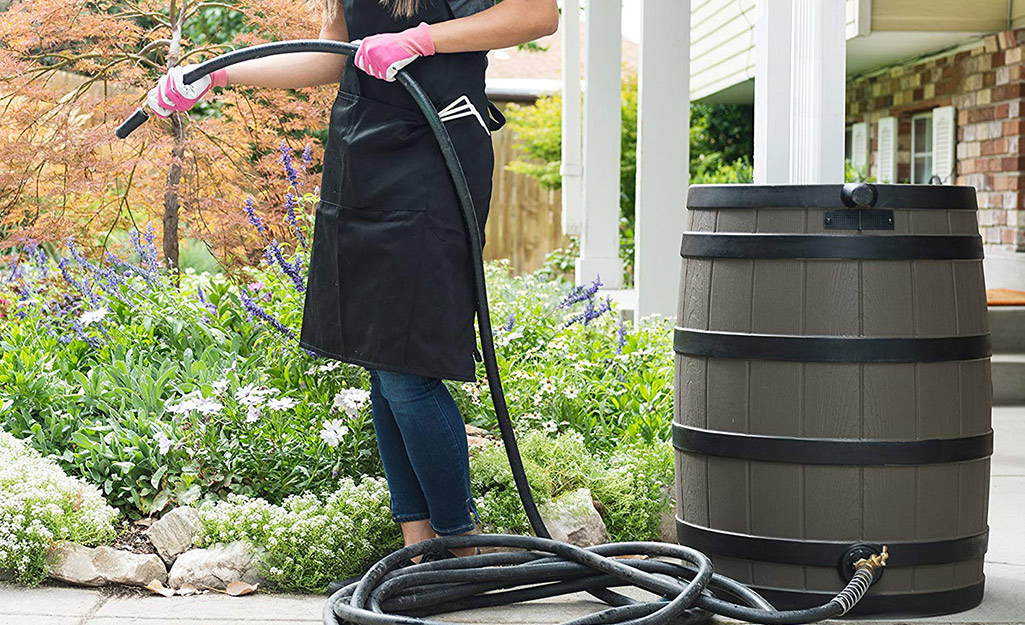
Before you begin your rainwater harvesting, decide how the water will be moved from your roof into the rain barrel. Also, consider how you'll store and distribute the rainwater.
For most roof-collecting systems, gutters carry rainwater into downspouts. From there the water is funneled into the rain barrel.
You can cut the existing downspout and attach it to a filtering device. To move excess water away from your house when the barrel gets full, install a rain diverter.
In areas where there's little rain or drought is common, consider a large storage tank. These tanks can be expensive but worth the money. If your region gets plenty of rain,
a rain barrel will probably handle your watering needs during the occasional dry spell.
Make sure that your rainwater tanks or barrels are covered and tightly sealed. This helps keep mosquitoes from breeding and prevents them from becoming a drowning hazard for small children and pets. Secure your tank or barrel to the ground so that it won't fall over. One gallon of water weighs over eight pounds, so even a half-full 55-gallon drum can be dangerous.
You can distribute the rainwater from your barrel with a manual pump, electric pump or through a spigot. Most rainwater storage tanks designed for homeowners come with a standard garden spigot near the bottom of the tank, so you can hook it up with a garden hose.
For very large barrels, you may need a manual or electrical pump is to get the water out. Hand pumps aren’t as convenient as electrical pumps, but they're less expensive and make it easier to water plants in raised beds or hanging containers than getting the water out of a spigot.
How to Calculate Rainwater Amounts
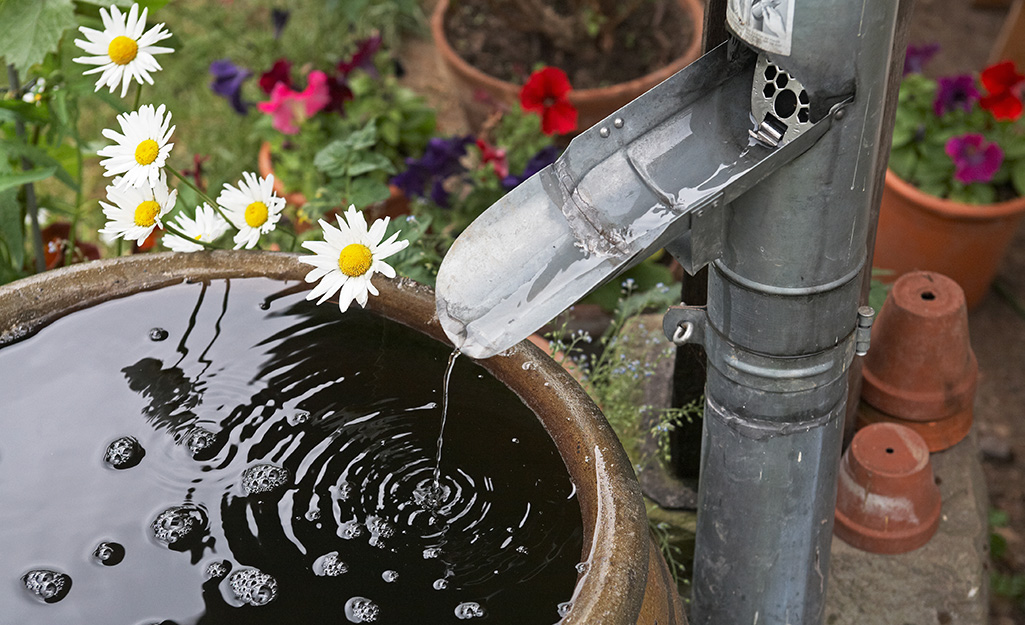
The amount of water you can collect is a rain barrel depends on how much rainfall you get and the size of your roof. One inch of rainfall over one square foot gives you about 0.6 gallons of water.
To estimate how much rainwater you can collect, find out how many inches of rain your area gets in an average month and multiple that by 0.6. Then multiply that number by the width in feet of the roof that drains into your barrel.
For example:
(Average inches of rainfall in June) x 0.6 x (width in feet of your home's roof) = gallons of rain you can catch in June
Installation and Maintenance
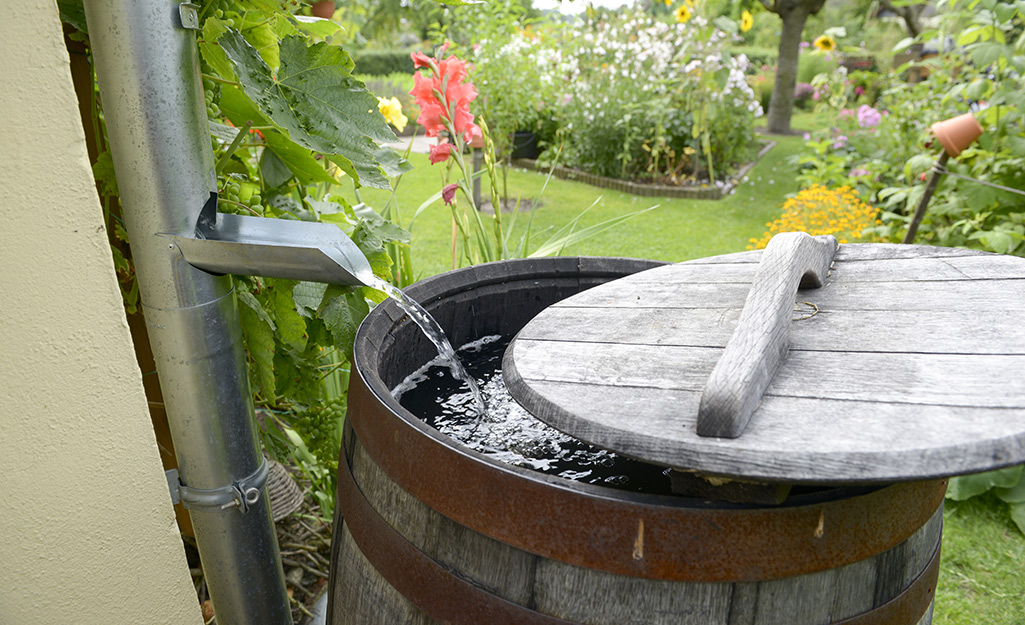
Knowing how to install and maintain your rain barrel will help it last longer and work better.
- For safety and to keep out animals and mosquitoes, make sure the rain barrel has a secure, well-fitting cover.
- Regularly clean your roof, gutters and downspouts to get rid of debris. Otherwise, fallen leaves and other debris can cause blockages. They'll also get into your rain barrel and block the spigot.
- Regularly flush out any sludge or debris that collects in the bottom of your rain barrel. Scrub it out and rinse it thoroughly with fresh water.
- Inspect your barrel after a heavy rain and at the end of the rainy season for leaks or overflows. Make sure the water isn't running off into areas you don't want it to go.
- If overflows are a problem, you may need an additional rain barrel or overflow container.
- Winterize your rain barrel system when temperatures drop to 41 degrees F or below by completely draining it. If you store it outside, turn the barrel upside down and place a heavy object on top to keep it from blowing away or falling over. Emptied rain barrels can also be stored in a shed, garage or basement during the winter months.
- Remember, rain barrels are for water collection and outdoor use only. Rainwater from roofs can contain animal and bird feces, windblown dust, pesticides and particles from pollution, making it unsuitable for drinking by people and pets.
- Protect your home’s siding with a sheet of wood inserted between the downspout and the siding to prevent water damage.
- Downspout edges can be sharp. Wear heavy gloves when cutting and handling downspouts to avoid cuts or scratches. Always wear safety glasses when cutting or drilling to prevent eye injuries.
Many different types of rain barrels are available. Choose the rain barrel material, style, color and capacity that best suits your needs. Plastic rain barrels are generally the least expensive, lightweight and easy to clean. Stone, ceramic and clay rain barrels are more decorative, heavier and usually more expensive. They may hold less rainwater than plastic barrels, but they can be ideal for small gardens. Wood rain barrels are also decorative, especially in rustic settings. They seldom last as long as barrels made of other weather-resistant materials.
Need help identifying a tool or material? Find products fast in our mobile app.
